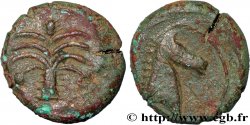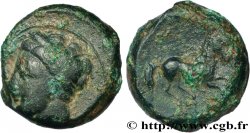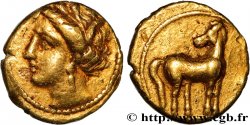Live auction - bgr_874457 - ZEUGITANA - CARTHAGE Trihémistatère d’or ou tridrachme
You must signin and be an approved bidder to bid, LOGIN TO BID. Accounts are subject to approval and the approval process takes place within 48 hours. Do not wait until the day a sale closes to register. Clicking on "BID" constitutes acceptance of the terms of use of cgb.fr private live auctions.
Bids must be placed in whole Euro amounts only. The sale will start closing at the time stated on the item description; any bids received at the site after the closing time will not be executed. Transmission times may vary and bids could be rejected if you wait until the last second. For further information check the Live auction FAQ
All winning bids are subject to a 18% buyer’s fee.
All winning bids are subject to a 18% buyer’s fee.
| Estimate : | 36 000 € |
| Price : | 23 000 € |
| Maximum bid : | 23 000 € |
| End of the sale : | 05 March 2024 14:35:39 |
| bidders : | 3 bidders |
Type : Trihémistatère d’or ou tridrachme
Date: c. 270-264 AC.
Mint name / Town : Carthage, Zeugitane
Metal : gold
Millesimal fineness : 950 ‰
Diameter : 22,5 mm
Orientation dies : 12 h.
Weight : 12,53 g.
Rarity : R3
Slab

NGC :
Catalogue references :
Predigree :
Exemplaire sous coque NGC AU (Srike 5/5, Surface 3/5). Exemplaire provenant de la vente Ira & Larry Goldberg 59, lot n° 2059 et de la collection du Dr. Benoît Odaert
Avec son certificat d’exportation n°240842 délivré par le Ministère français de la Culture
Obverse
Obverse legend : ANÉPIGRAPHE.
Obverse description : Tête de Tanit à gauche, couronnée d’épis, parée d’un collier et d’un pendentif d’oreilles.
Reverse
Reverse legend : ANÉPIGRAPHE.
Reverse description : Cheval debout à droite, tournant la tête à gauche.







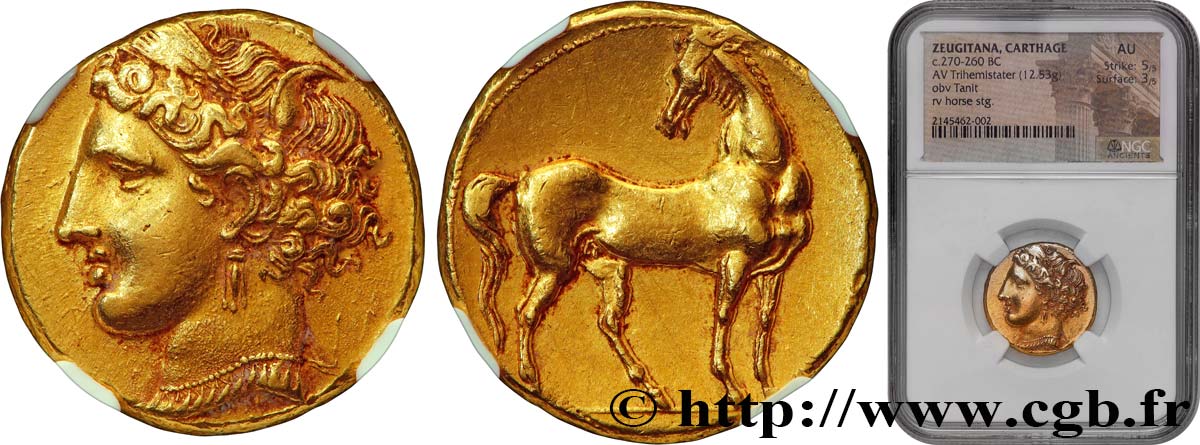
 Report a mistake
Report a mistake Print the page
Print the page Share my selection
Share my selection Ask a question
Ask a question Consign / sell
Consign / sell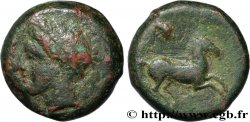
 Full data
Full data